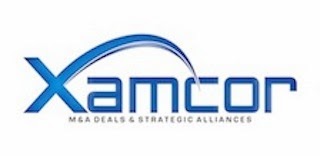Over the past year, I have more than one conversation with people concerned that Kodak could potentially be using profits from its Document Imaging business to fund its money-losing print ventures. I'm not saying this was happening, as Kodak DI continues to invest in new technology and is even holding
a fairly large industry event next month. But, there were clearly concerns that Kodak corporate's money losing ways could eventually drag down DI, which by all accounts was a profitable and growing business.
Here are some facts: In a "public lender presentation" put out by Kodak earlier this year, "document scanners" were listed as one of three core businesses (along with "retail systems solutions" and "digital plates") that generated $214 million in profits in 2011. Kodak also listed four growth businesses, consumer inkjet, digital printing solutions, workflow software and services, and packaging solutions, that combined to lose $415 million in 2011. There were also a number of "manage for cash/value" entities that pretty much broke even in 2011.
Basically, at that time that presentation was published, it appeared Kodak's strategy was to fund the "growth" entities with profits from the "core businesses." Of course, this is not really that attractive a proposition for a business unit like DI, which certainly considers itself a growth business as well. This is one reason why a sale is attractive to DI.
Here's a quote from Dolores Kruchten, who has spent many years in management at Kodak DI, which I thought was pretty telling. “From Kodak DI’s view, it’s business as usual, with the caveat that we are very excited about working with a potential buyer and really being in a position where DI is a core focus of whatever business it ends up being part of going forward.”
As for Kodak corporate, I really don't understand the production print market, so, I guess I really don't understand its strategy. I'll just leave it at that.
Of course, I probably should point out that the bankruptcy and accompanying re-org will likely enable DI to shed some of that onerous pension/retirement obligations that had been a drawback to potential acquirers in the past. This is good for the health of DI as well.



